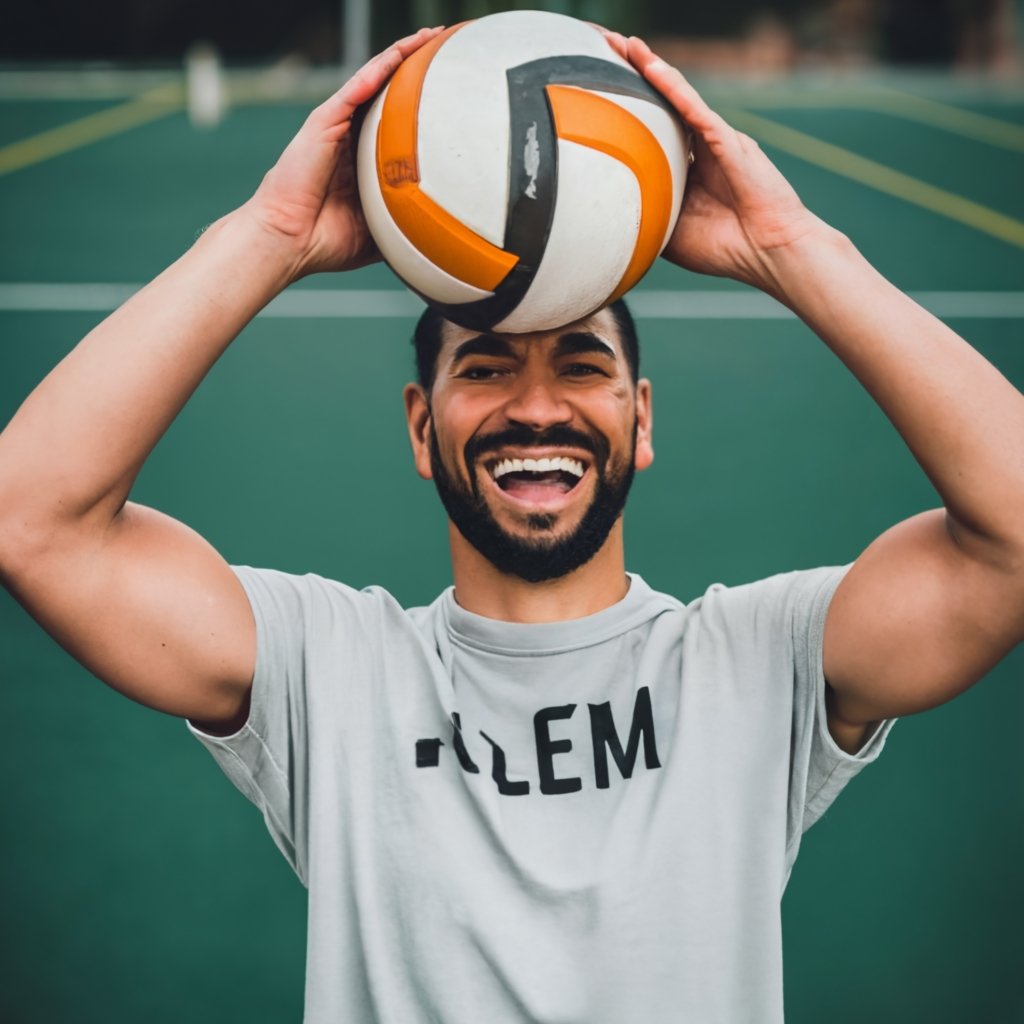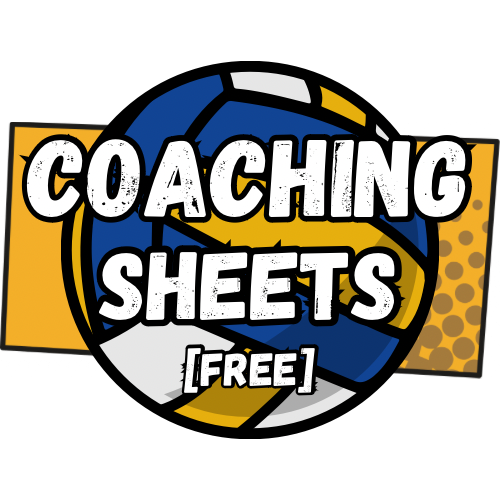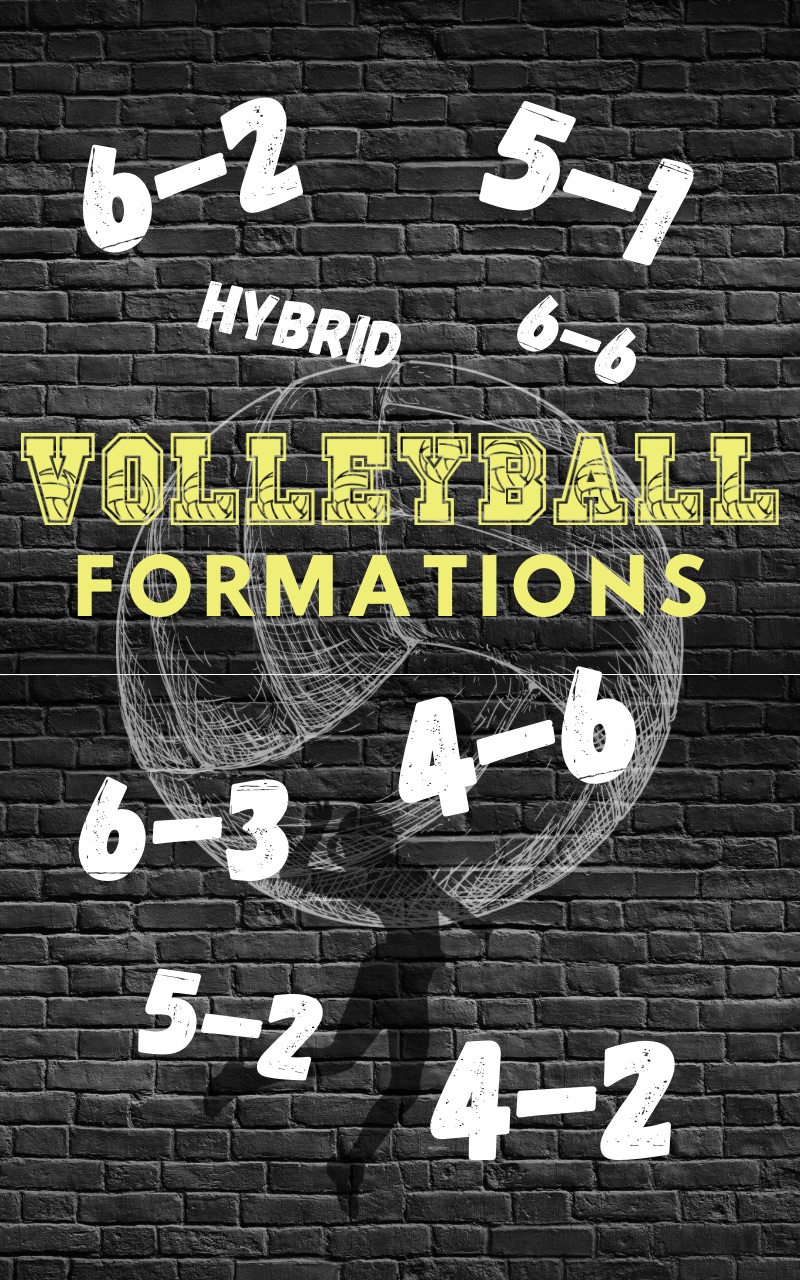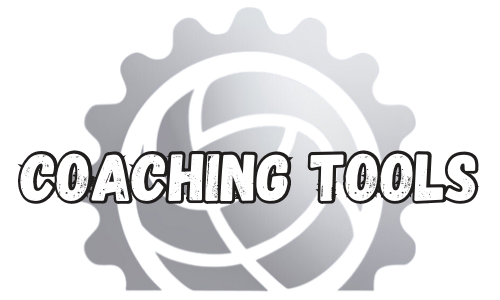
|
Maximizing Volleyball Conditioning for Peak Performance
| |

1. The Importance of Conditioning: Conditioning in volleyball serves multiple purposes. It enhances physical performance, reduces the risk of injuries, and contributes to overall team success. Players need to maintain a high level of cardiovascular fitness, strength, and agility to excel in this fast-paced sport. 2. Cardiovascular Fitness: A volleyball match is intense, and players need excellent cardiovascular fitness to keep up with the rapid pace. Effective conditioning should include: • Interval Training: Incorporate high-intensity interval training (HIIT) to boost cardiovascular endurance. • Long-Distance Running: Engage in regular long-distance runs to build endurance. 3. Strength Training: Strength is essential for explosive movements like jumping, spiking, and blocking. Focus on: • Compound Exercises: Include squats, deadlifts, and bench presses to develop overall strength. • Plyometric Exercises: Plyometrics, like box jumps and squat jumps, improve explosive power. 4. Agility and Speed: Volleyball requires quick lateral movements, changes in direction, and rapid accelerations. To improve agility and speed: • Agility Drills: Incorporate ladder drills, cone drills, and shuttle runs. • Sprint Training: Work on sprinting and change-of-direction exercises. 5. Flexibility and Mobility: Volleyball players need flexibility and mobility to prevent injuries and move efficiently. Stretching and yoga can improve flexibility. 6. Core Strength: A strong core enhances balance and stability on the court. Include core-strengthening exercises like planks and Russian twists. 7. Sport-Specific Conditioning: Incorporate volleyball-specific drills that simulate in-game movements, such as diving for a ball or transitioning from defense to offense. 8. Recovery and Nutrition: Proper recovery is as crucial as conditioning. Adequate rest, hydration, and nutrition are essential for sustained performance. 9. Monitoring and Adjusting: Regularly assess your physical condition and adjust your conditioning program accordingly. Consult with a coach or fitness expert to create a personalized plan. 10. Mental Conditioning: Conditioning is not just physical; it’s mental as well. Train your mind to stay focused, resilient, and composed during high-pressure moments on the court. Conclusion: Maximizing volleyball conditioning is a continuous process that involves a holistic approach to physical and mental preparedness. By focusing on cardiovascular fitness, strength, agility, flexibility, and recovery, players can achieve peak performance and elevate their game. Volleyball is a sport where every movement matters, and a well-conditioned athlete has the ability to execute with precision and endurance, making significant contributions to the team’s success. |

 Purchase Ebook on Amazon Purchase Ebook on Amazon
|
Volleyball techniques Volleyball strategies Volleyball drills Volleyball skills Volleyball fundamentals Volleyball tips Volleyball training Volleyball coaching Volleyball playbook Volleyball exercises Volleyball equipment Volleyball gear Volleyball practice Volleyball coaching tips Volleyball playing tips Volleyball tutorials Volleyball lessons Volleyball techniques for beginners Volleyball skills development Volleyball coaching tools Volleyball teaching aids Volleyball improvement tips Volleyball tactics Volleyball game strategies








